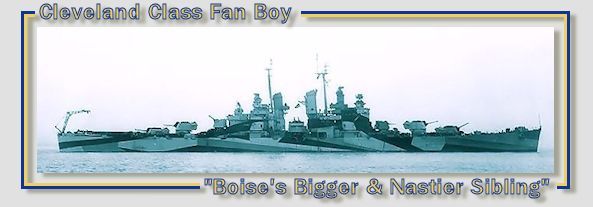MateDow
Posts: 218
Joined: 8/6/2002
Status: offline

|
quote:
ORIGINAL: mike scholl 1
Take a quick look t the difference in Japanese aircraft losses between the first wave and the second (30 minutes later) wave of the historical Pearl Harbor strike. They DOUBLED with only 30 minutes warning! Two days would have every single defensive asset manned and ready, full CAP (and no A/C sidlined for maintainence), torpedo nets rigged, ships manned with full watertight integrity intact, etc. KIDO BUTAI would have been crippled by it's air and aircrew losses (and at a time when BN5 Kate production had been ended). As Coral Sea and Philippine Sea proved, you don't need to sink CV's to put them out of action..., just destroy their air groups.
But this assumes that the US Fleet stays in port. If they are there, they aren't interfering with the landings. The KB has done its job of ensuring that the landings are a success.
Even with heavy aircraft losses, the US Fleet would be heavily damaged. The best thing would be to pull the US Fleet out of the noose to the West Coast, at least that way you have it, but would that be a politically viable solution? Reality says that Halsey groups his three carriers together and tries to interdict. Remember that he wanted to hunt the KB with only the Enterprise historically. Even if you gather four carriers together, you are still handing the Japanese a 1.5-1 advantage in strength, not counting the CVLs or experience gap.
US land-based airpower would be limited to what was on hand, there would be no way to get fighters in place, and there weren't any additional heavy bombers to transfer in. They would also be at a severe disadvantage against the Japanese pilots in terms of experience.
This is a gamble for the Japanese, but one that is commiserate with the fact that they are attacking the US to begin with. At no point in the game will this opportunity exist. The US will rush aircraft and LCU reinforcements to the Hawaiian Islands. At the beginning, you are fighting what is in place, which is relatively little, with the reward of neutralizing the primary US position in the Pacific. Clausewitz or Mahan would approve of the operation and the risk.
If they destroy the US Fleet from the outset, there will be time for new aircrew training. The Japanese were able to rebuild their pilot corps following Midway and Santa Cruz. If they don't lose the precious carriers, they will have the chance to hold the US at arms length. We are assuming that the Japanese have implemented a rationale training scheme, this will help minimize the impact of losses.
All of this assumes that the US gets that all important firm intelligence with two days notice. Actually sees the carriers, not just increased radio traffic. Without the sighting of Japanese forces, you are back to Kimmel and Short making the same preparations that they made historically, and that results in the US Fleet being caught unprepared in port with little air cover.
To replicate the increased radio traffic in game, make the default setting "no surprise" which will allow for additional CAP and response. That will increase the Japanese losses significantly, but will be countered by the increased combat power available to the Americans.
|
 Printable Version
Printable Version













 New Messages
New Messages No New Messages
No New Messages Hot Topic w/ New Messages
Hot Topic w/ New Messages Hot Topic w/o New Messages
Hot Topic w/o New Messages Locked w/ New Messages
Locked w/ New Messages Locked w/o New Messages
Locked w/o New Messages Post New Thread
Post New Thread